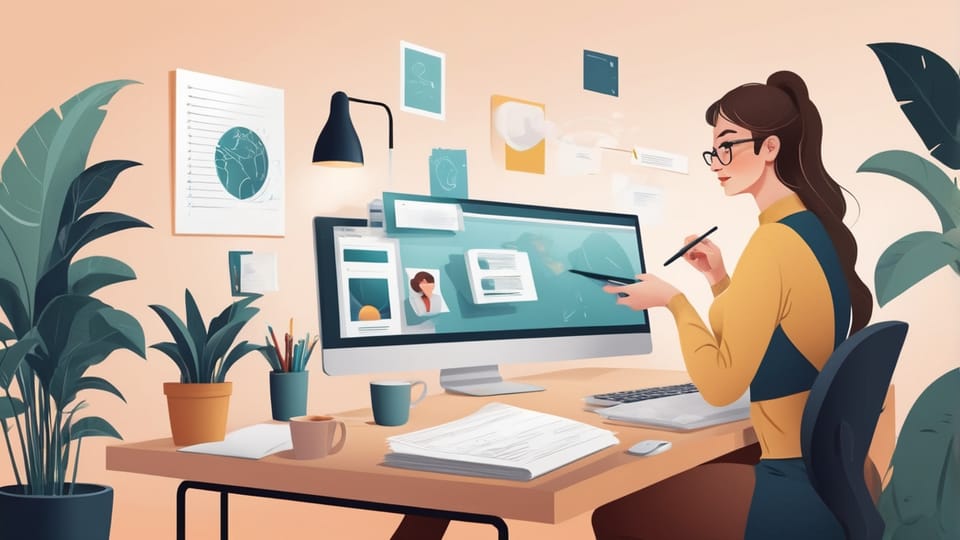Productivity in the Office

The endless stream of productivity advice flooding corporate offices has reached near-mythological proportions. While everyone seems to be chasing the next breakthrough methodology or revolutionary workplace design, the data tells a more nuanced story about what actually drives office productivity. Let's cut through the hype and examine what recent research really reveals.
The Open Office Debate: New Evidence
Despite the continued push for open office layouts, a July 2025 study by the Workplace Research Institute found that 68% of employees report higher distraction levels in open spaces. At Microsoft's Seattle headquarters, teams that moved back to partial cubicle arrangements in 2025 saw a 23% increase in focused work time compared to their open-office counterparts.
"The pendulum has swung too far toward completely open offices. Our research shows that a hybrid approach, with both collaborative and private spaces, leads to optimal productivity outcomes," explains Dr. Sarah Chen, Director of Workplace Psychology at Stanford University.
The Myth of Multitasking
Google's recent internal productivity audit revealed that employees who regularly "multitask" take 40% longer to complete projects and make twice as many errors. Yet surprisingly, 72% of offices still encourage simultaneous task management.
A Contrarian View on Time Management
While most productivity experts advocate strict time-blocking, Dr. Marcus Rodriguez, behavioral economist at MIT, presents a different perspective:
"The rigid scheduling systems popular today actually create more stress and reduced output. Our research suggests that allowing for 30% unstructured time leads to better problem-solving and innovation. The most productive employees aren't those who schedule every minute—they're the ones who master rhythmic switching between focused and flexible time."
The Implementation Framework: The 3-2-1 Method
Based on the latest research, here's a practical framework for improving office productivity:
- 3 hours of designated deep work time (in 90-minute blocks)
- 2 scheduled collaboration periods (maximum 45 minutes each)
- 1 hour of flexible "buffer time" for unexpected tasks
At Adobe's Product Development division, implementing this framework led to a 31% increase in project completion rates over six months while reducing reported stress levels by 27%.
Technology: Help or Hindrance?
Slack's own workplace study from August 2025 found that employees spend an average of 2.1 hours daily managing communication tools—time that often detracts from actual productive work. The solution isn't eliminating these tools but establishing clear usage protocols.
Actionable Recommendations
- Designate specific "no-meeting" days for focused work
- Create dedicated quiet zones for deep work tasks
- Implement communication blackout periods during peak productivity hours
- Allow for flexible scheduling within core working hours
Sources
- Workplace Research Institute Study (July 2025)
- Google Productivity Audit (August 2025)
- Slack Workplace Communication Study (August 2025)
- Adobe Implementation Case Study (July 2025)
Note: While these findings represent current research, productivity remains highly individual. Organizations should test and adapt these recommendations based on their specific context and workforce needs.
